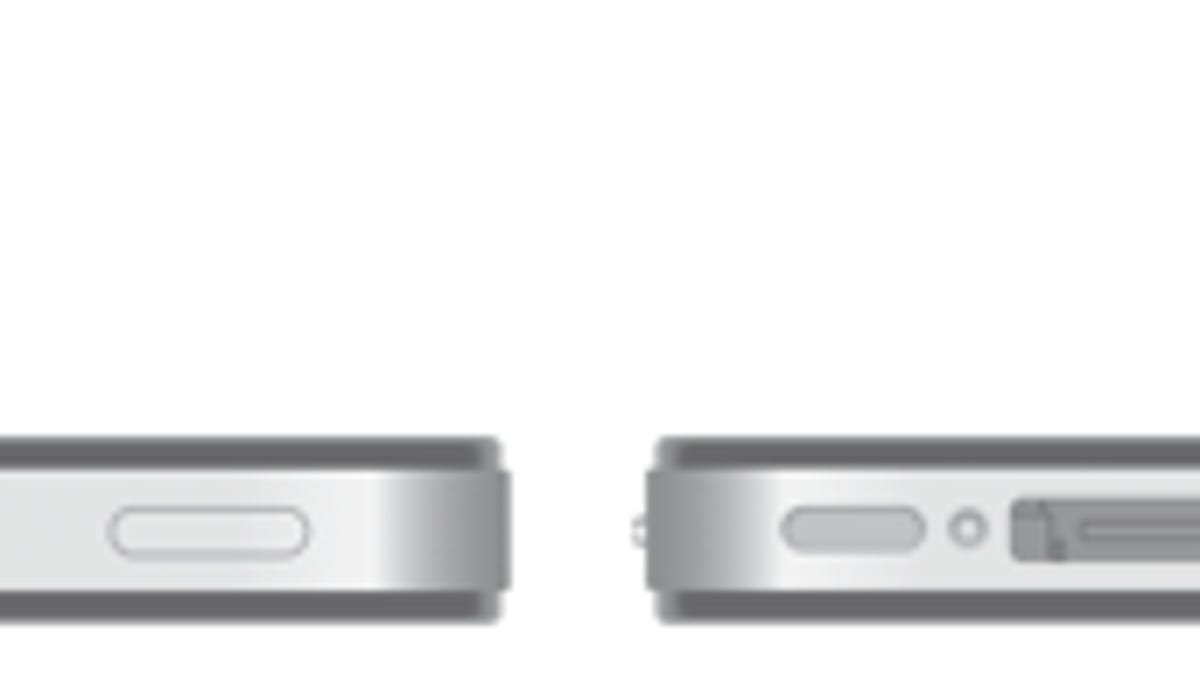Apple snags patent for water-damage detection
Company's patent describes a detector that gives customer service representatives an easy way to determine how badly damaged a product is due to water.

Apple has won a patent related to detecting water damage in a gadget.
The patent, 8,210,032, describes a method by which customer service representatives can quickly determine if a product has been damaged by water. In order for the invention to work, Apple says that a detector would be placed inside an enclosed device and provide "at least one visual indication after being immersed in water." The detector, Apple says, is strategically placed within the enclosed device so users can determine water damage from the outside.
Apple filed for the patent in January 2010. However, the company has been including its Liquid Contact Indicator in products for years, dating back to the original iPhone. Upon being immersed in water, the indicator turns red, giving Apple employees conclusive evidence that it was wet.
For Apple, having that indicator readily accessible is extremely important. The company's iPhone warranty does not cover water damage. So, if customers come in with what they claim is a broken iPhone that was actually tossed into a lake, Apple might be forced to pay for the replacement if it didn't know the device had gotten wet.
"Water exposure is among major reasons that may cause significant malfunction of devices, such as electronic devices, which include electronic, mechanical, or chemical components," Apple writes in its patent. "Therefore, verification of significant water exposure (or water immersion) is important to manufacturers of the devices. For example, for purposes such as warranty claim assessment, trouble-shooting for repairs, and product development, a manufacturer of electronic devices typically needs to verify whether a malfunctioning device has been immersed in water."
AppleInsider found today that Apple has also filed for a patent for a wireless iPhone headset that would communicate with the device via Bluetooth. Because Bluetooth-based headsets can often lose their charge quite quickly, Apple's patent also describes a method for accessing battery power by plugging it into the handset.

